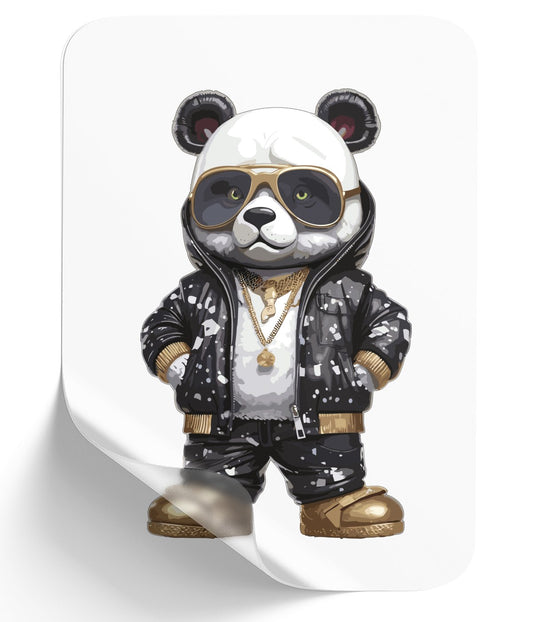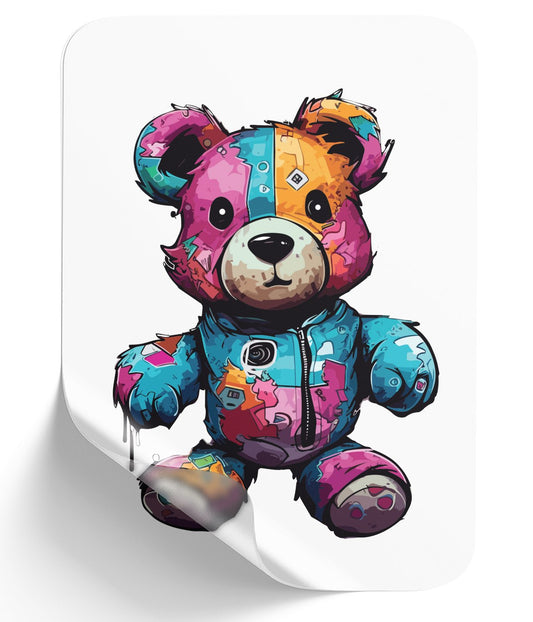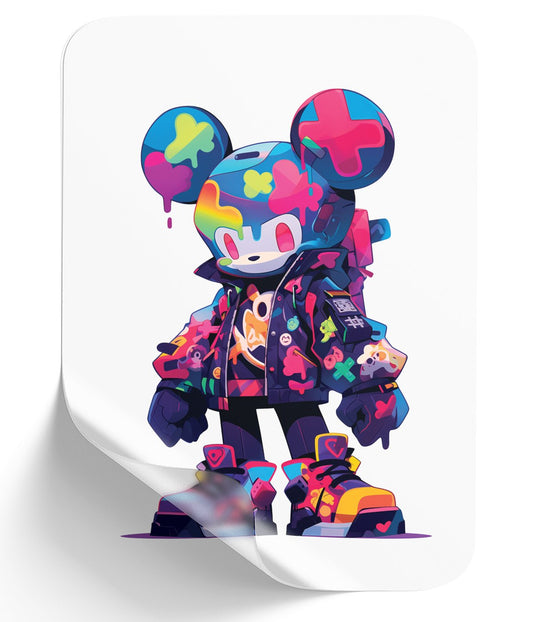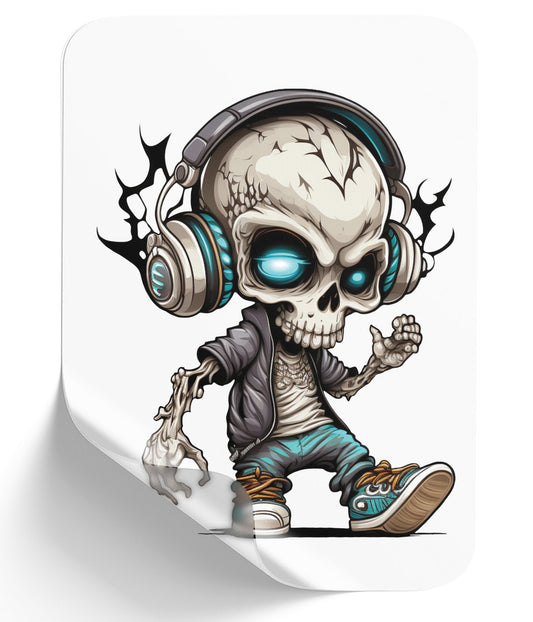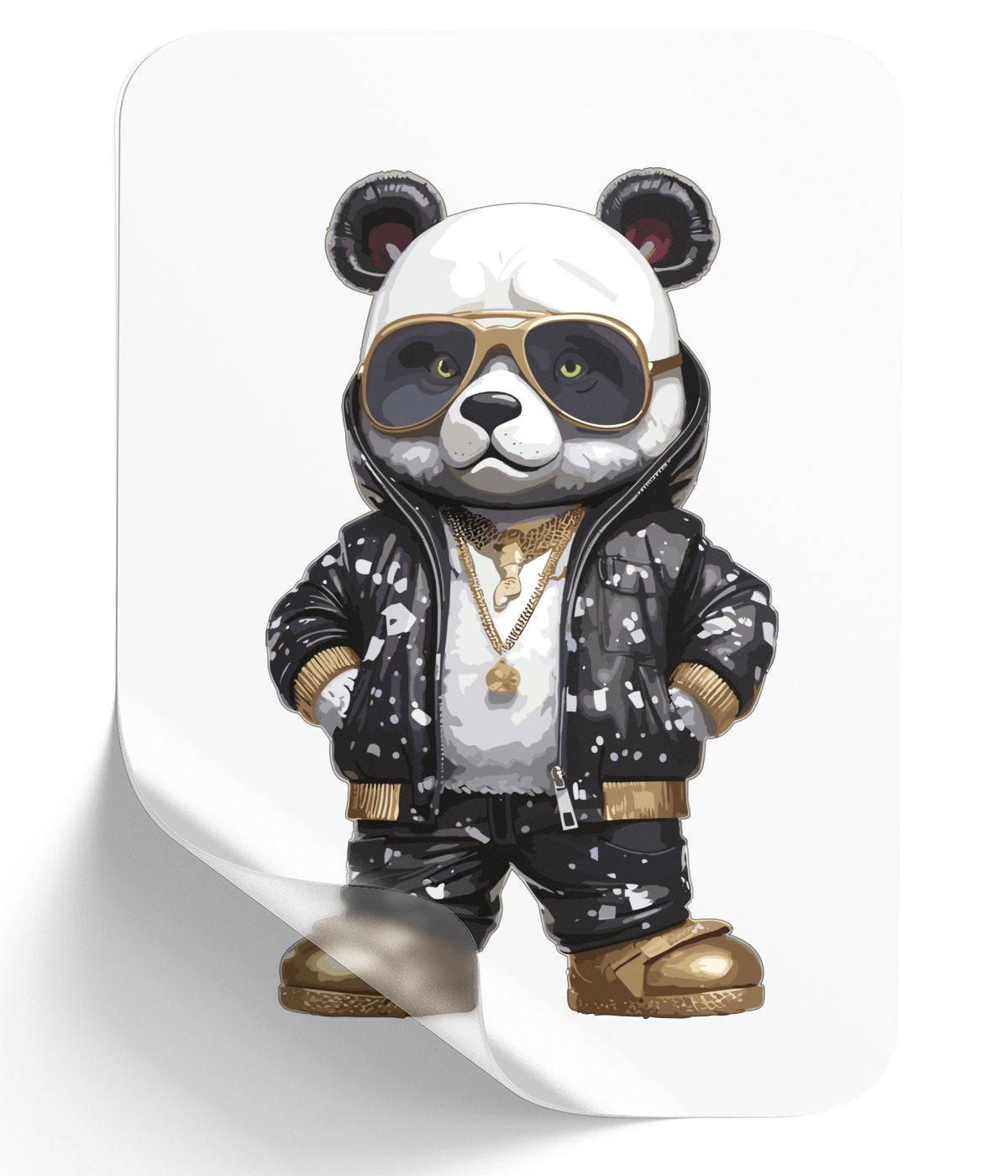Revolutionize Your DTF Printing with a DIY Laser Alignment Tool
In the dynamic world of Direct to Film (DTF) printing, efficiency and precision are key. Whether you're a small business owner or a hobbyist, mastering the art of heat pressing DTF transfers can significantly boost your productivity and enhance the quality of your products. Today, we're diving into an innovative solution that will change the way you approach DTF printing: a DIY Laser Alignment Tool for heat pressing DTF transfers.

Affordable Innovation at Your Fingertips
Traditionally, laser alignment systems for heat presses have been quite expensive, often running into hundreds of dollars. However, with a bit of ingenuity and some readily available parts, you can assemble your own system for well under $100. This approach not only saves money but also allows for customization to fit your specific needs.
Building the Laser Alignment System
The core of this DIY project is creating a stable mount for the lasers on your heat press. Here’s how you can set it up:
- Heat Press Modification: Start with a standard heat press, preferably one that allows easy modification. The goal is to attach a mounting system on top of the press.
- Using a Unistrut Bar: Utilize a Unistrut bar for the framework. This involves detaching or unscrewing parts of the existing press structure and using heavy-duty metal L brackets to secure the Unistrut bar in place.
-
Mounting the Lasers: Purchase three key components from Amazon:
- Red lasers that are powered by a simple positive and negative connection.
- A swivel mount that allows the lasers to move in various directions, ensuring precise alignment.
- A battery set to power the lasers, preferably with rechargeable batteries for efficiency and sustainability.
The Setup Process
Once the mounting system is in place, attach the lasers to the swivel mount. This setup ensures that the lasers consistently point to the exact same spot on the press bed, no matter how you move the heat press. This alignment system is crucial for speeding up the process of laying down transfers accurately and consistently.
Speed and Precision in Production
With this DIY laser alignment tool, you can significantly speed up your DTF transfer process. For instance, it's possible to handle large orders, such as pressing 100 shirts in an hour, by reducing the time spent on aligning each transfer manually. The lasers help in quickly identifying the exact placement for transfers, ensuring that each shirt is printed perfectly.
Practical Tips for Using Your DIY Tool
- Pre-Marking for Different Shirt Types: Use the laser to mark a central point and adjust according to the shirt type. For men’s shirts, you might need to adjust the placement slightly lower, while for women’s shirts, the central mark usually sits perfectly.
- Battery Management: Since the lasers can drain batteries quickly, always have a set of charged, rechargeable batteries ready for a swap. This ensures your system is always operational without downtime.
FAQs: Questions You'll Need to Step-up Your Game
What is a DTF Heat Press
A DTF (Direct-to-Film) Heat Press is a specialized machine designed to transfer printed designs from a DTF transfer film onto various fabrics. It operates by applying controlled heat and pressure to the film and fabric, ensuring that the printed design adheres securely and accurately. This type of heat press is essential in the DTF transfer process, which involves printing a design onto a special film, applying a hot melt adhesive powder, curing the powder, and then pressing the film onto the fabric. The DTF heat press ensures the design is transferred evenly, with vibrant colors and strong durability. It typically features adjustable temperature, pressure, and timing settings to accommodate different fabric types and ensure optimal transfer quality. This makes it a versatile and indispensable tool in custom garment printing, allowing for detailed and high-quality prints on a wide range of materials.
What is the best DPI for my DTF Printer
The best DPI (dots per inch) for your DTF printer typically ranges between 300 to 600 DPI, striking a balance between print quality and efficiency. A DPI of 300 is often sufficient for most garment printing needs, providing detailed and clear images without overloading the printer with excessive data. However, for designs requiring finer details and higher resolution, a DPI of 600 may be preferable, ensuring crisp and vibrant prints. It's essential to consider the capabilities of your specific DTF printer model, as well as the type of fabric and the complexity of the design. Higher DPI settings can produce more detailed and vibrant prints but may also increase ink usage and printing time. Therefore, adjusting the DPI based on the design's requirements and the printer's performance is key to achieving optimal results in your DTF printing projects.
What is DTF Halftone and Gradient Effect
DTF Halftone and Gradient Effects are techniques used to enhance the visual appeal of printed designs by creating depth, shading, and a range of tones. Halftone involves breaking down an image into a series of dots varying in size or spacing to simulate gradients and shades, commonly used for printing complex images with limited color palettes. In DTF printing, halftone effects enable detailed and intricate designs, maintaining high quality while using less ink. Gradient Effect refers to the smooth transition between colors or shades in a design. In DTF printing, gradients are crucial for achieving realistic and dynamic images, allowing for subtle shifts in color that add dimension and visual interest. Both effects are crucial for producing high-quality, visually appealing prints on various fabrics, enhancing the versatility and creative potential of DTF printing technology.
Conclusion: Enhancing Your DTF Printing Game
By integrating a DIY laser alignment tool into your DTF printing setup, you not only save on costs but also enhance your operational efficiency. This simple yet effective tool reduces the guesswork and manual labor involved in heat pressing, allowing you to focus more on creativity and less on the mechanics of alignment. So, why not give it a try and see how much quicker and more precise your printing process can become? Happy printing, and remember, a little innovation goes a long way in the world of DTF transfers!

